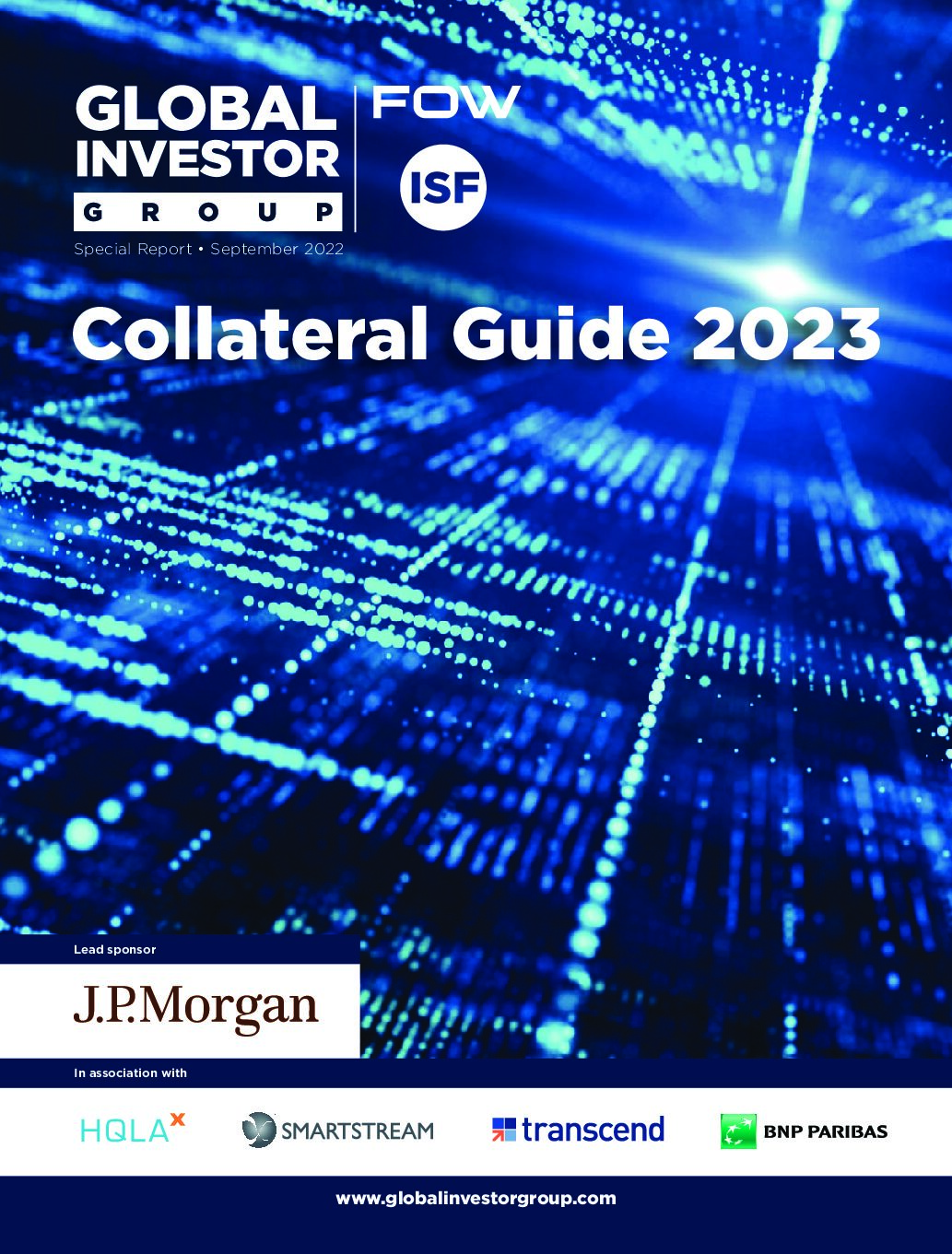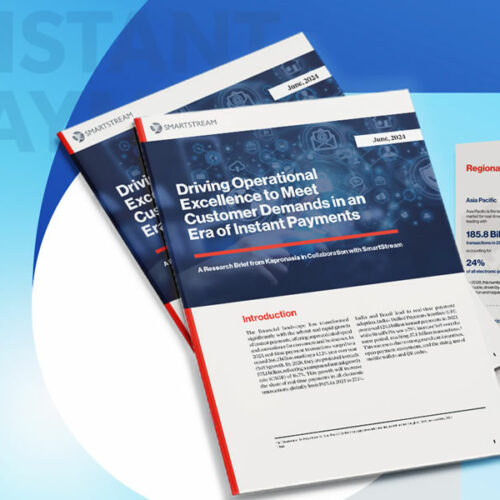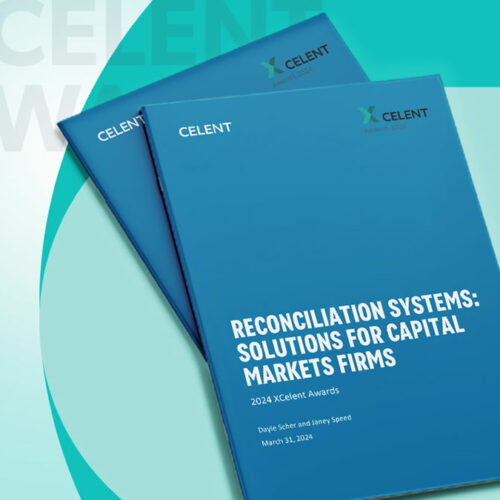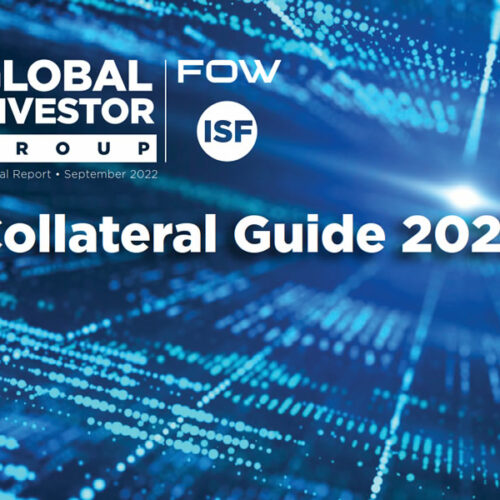In the 12 months since this guide was last published, the overall global health environment has improved markedly. At the same time, however, the macroeconomic and geopolitical situation has become more precarious. This has led to market volatility which has preoccupied markets and presented both challenges and opportunities when managing collateral.
Fortunately, the resiliency ingrained into every market participant over recent years continues to ensure post-trade processes are robust in navigating market conditions while resources are not diverted from the forward-looking agenda.
This year’s collateral guide discusses many of the industry trends around innovation, automation and optimisation. One such advancement is the use of digitised or tokenised collateral which is providing real world, tangible benefits to firms.
While we have only scratched the surface of the possibilities for both pre- and post-trade across financing and collateral markets, there are plenty of use cases, and seemingly, every collaborative client meeting sparks new ideas. That said, one of the biggest challenges is keeping product delivery solution-focused, while maintaining a perspective on the broader landscape and how the future ecosystem will interact.
It has been very encouraging to see how the industry has come together to deliver collaborative solutions to meet heightened regulations. The implementation of the CSDR penalty regime in February and phase six of UMR in September mark the passing of the majority of the post financial crisis regulatory responses affecting the post trade landscape.
New learnings from each implementation phase have led to greater automation and evolution in trade portfolio reconciliation, margin call management automation, and pre-trade analytics.
Many of the topics covered in the 2023 collateral guide coalesce around one major trend – collateral convergence. Historically we have used the term ‘enterprise collateral management’ to describe the combination of fixed income and equities financing desks managing their combined collateral obligations. Convergence has come to represent a more holistic platform, system or infrastructure alignment and mobilising collateral to be agnostic of the exposure driver.
CCP margining is a great example of extending the benefits of tri-party with the simplicity of traditional bilateral settlement to post collateral to CCPs from your existing longbox, thereby facilitating securities lending, repo or OTC derivatives margin.
Finally, no collateral guide would be complete without an update on optimisation given how instrumental the benefits to funding, liquidity and capital are in terms of driving P&L and managing risk. Effective optimisation goes hand-in-hand with proficient data and analytics which are also key areas of focus.
This year’s regional highlights come from Europe where the pledge discussion has been most active and where ESG has been hotly debated. All of this and more are adeptly explored in the 2023 edition of the Global Investor collateral guide. J.P. Morgan is once again a proud sponsor, as we prioritise client service and innovation.









